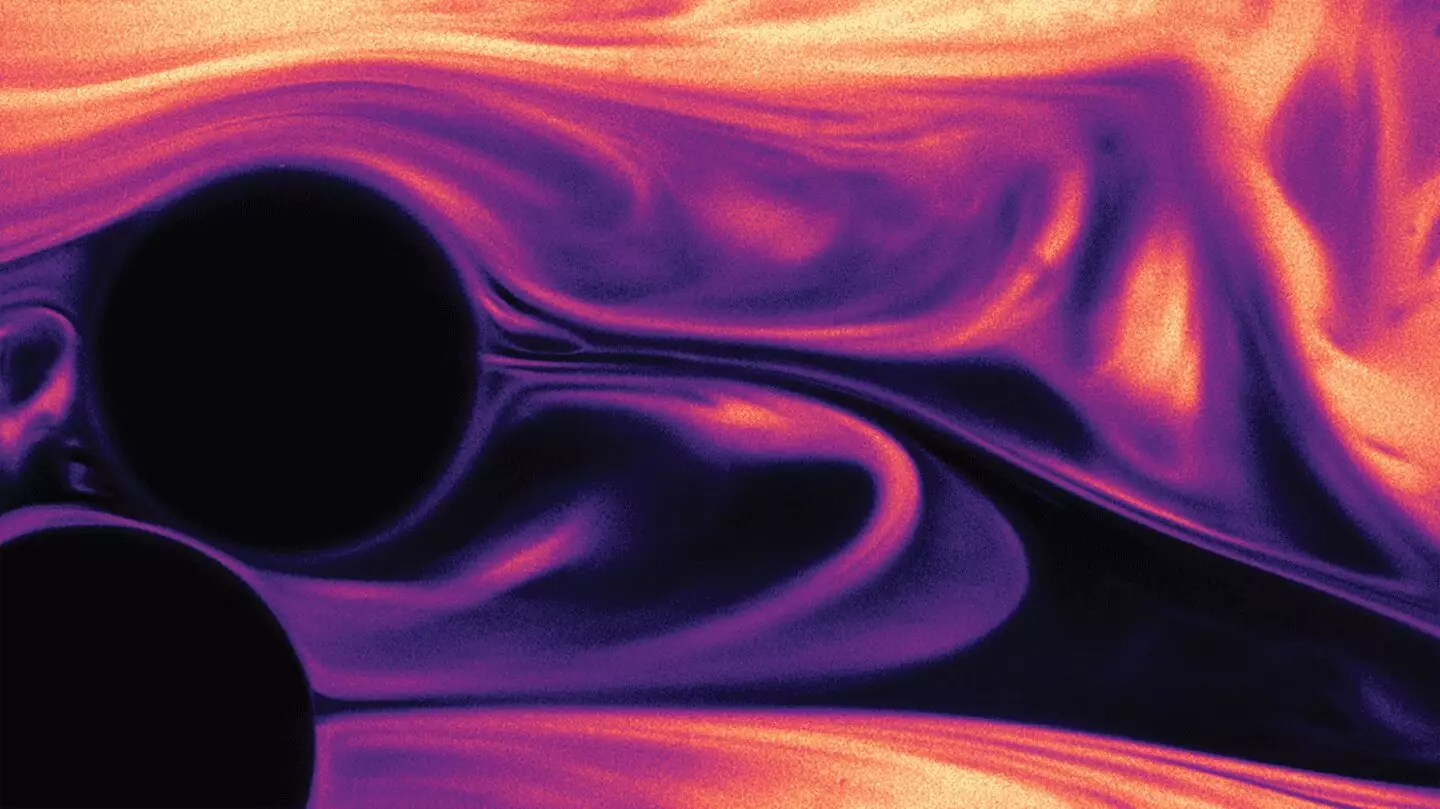Most people likely think of mixing as a simple task, something we do every day—like stirring cream into coffee or blending ingredients for a cake. However, the intricate beauty of fluid dynamics goes far beyond daily routines. Mixing is a fundamental process that plays a pivotal role in numerous industrial applications, from everyday products like plastics and textiles to groundbreaking advancements in fields like environmental remediation. Behind the seemingly simple act of mixing lies an elaborate design that can either enhance or hinder the effectiveness of various processes.
As we witness the mesmerizing way cream swirls into coffee, it becomes clear that this isn’t just a casual interaction. Industries depend on advanced mixing techniques to ensure the optimal combination of materials. In this complex world, the challenge often lies in achieving efficient mixing, particularly in environments where fluids traverse packed beds—think of the densely compressed coffee grounds during espresso preparation.
The Physics Behind Packed Beds and Turbulence
The mixing challenge in packed beds, such as those found in chemical reactors or carbon capture systems, revolves around their structural design. In these systems, the geometrical arrangement of particles significantly affects mixing efficiency. Packed beds excel in maximizing surface contact and facilitating vital chemical reactions; however, the tightly packed nature of the grains limits the fluid dynamics at play. The result? Insufficient turbulence that is critical for effective mixing and reaction rates.
In essence, the rates of chemical reactions directly depend on how well the reactants are mixed. If we think back to that swirling coffee, the visual chaos contributes to what is called turbulent flow, which allows for a fluidic ballet of interaction, enhancing the mixing process. However, recreate that same turbulent movement in packed environments, and we meet a staggering impedance. It isn’t just about stirring a spoon; the challenge lies in the quantifiable effectiveness of the mixing process itself.
Innovation in Mixing: Springing Into Action
Recent research from Princeton’s engineering department has ushered in an innovative solution aimed at overcoming this limitation. By integrating springy polymers into one of the fluids in a packed bed, researchers have found a way to mimic the turbulent mixing typically observed in less constrained environments. These polymers stretch and recoil at microscopic levels, effectively generating conditions favorable for chaotic mixing even in pore-restricted environments.
The implications of this breakthrough are profound. With reaction rates potentially enhanced by a factor of ten, this approach transforms the landscape of chemical manufacturing. The findings, which were published in the *Proceedings of the National Academy of Sciences*, reflect extensive study and experimentation, driven by a steadfast resolve to overcome longstanding limitations in fluid dynamics.
Researcher Christopher Browne’s journey to this innovation wasn’t a linear path; it was fraught with challenges and complex variables that took years to resolve. It was during a six-month postdoctoral research position that he finally tied together the numerous threads of inquiry and developed the elegant solution this research heralds. This serendipitous return provided a fresh perspective, allowing Browne and his advisor, Sujit Datta, to visualize the problem anew and find actionable insights.
The Aesthetic and Practical Beauty of Polymer-Enhanced Mixing
The polymers that facilitate this enhanced mixing are not exotic in composition; in fact, they are chemically related to materials used in products like diapers. This accessibility, in contrast to previous approaches that relied on modifying the geometry of packed beds—often an expensive and impractical task—marks a significant step forward. Creating mixing solutions from common materials could streamline processes and yield more efficient production methods across various industries.
Sujit Datta describes the work as “beautiful from a purely aesthetic perspective,” emphasizing not only the elegance of the fluid mechanics but also the potential to address real-world engineering challenges. The new technique could lead to significant improvements in the production of essential chemicals, making strides in both environmental sustainability and industrial efficiency.
What sets this discovery apart is its scalability; it demystifies a complex problem and offers simple, applicable solutions that can be implemented across various fields. Moving from the microscopic realm of polymer interactions to macroeconomic outcomes illustrates the profound interconnectedness of research, innovation, and daily life.
In this interconnected world, the science of mixing reflects more than just a technical challenge; it holds the potential for transformative change and innovation. Whether in the warm swirl of coffee or the intricate processes of chemical manufacturing, mixing emerges as a vital force shaping our advances in technology and sustainability.

